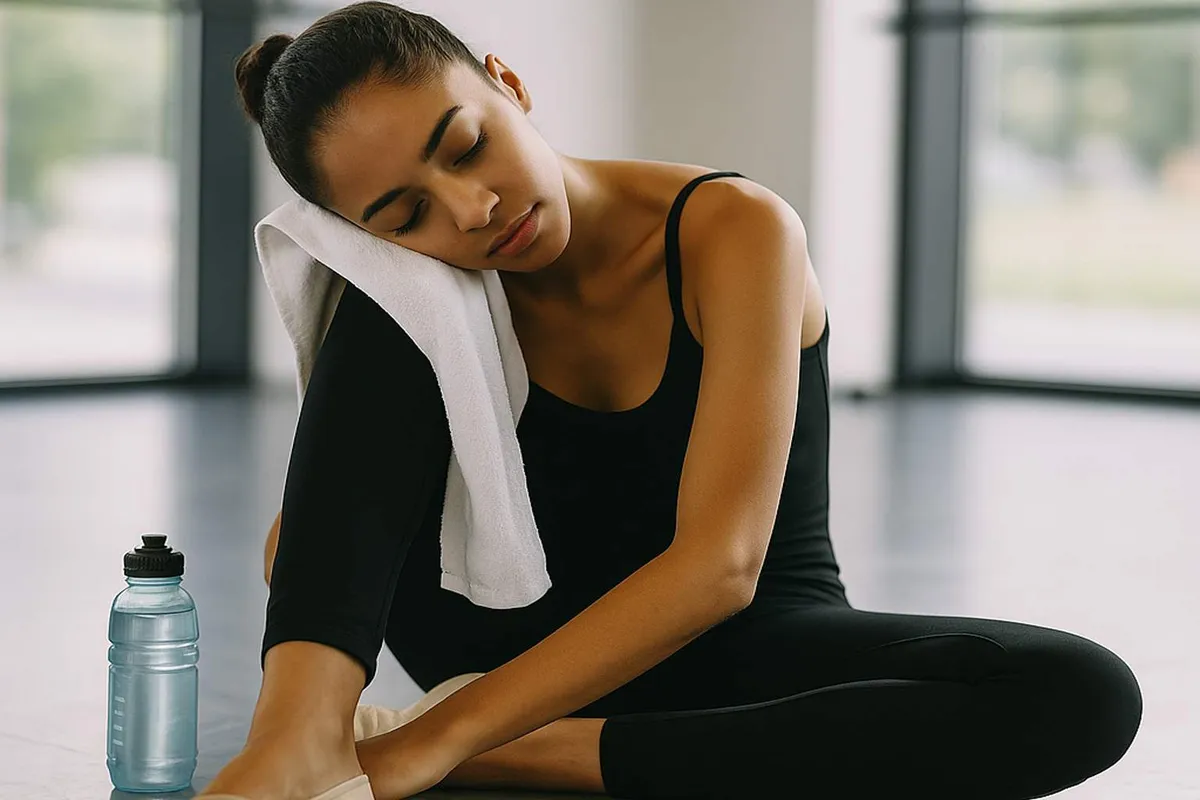Rest Your Way to a Standing Ovation: The Hidden Power of Recovery for Dancers

In the demanding world of dance, where precision and endurance matter a lot, taking time off to rest and recover plays a big part in keeping performance on point. Dancers push their bodies hard—just like athletes—and without the right downtime, injuries and burnout can sneak up fast. Knowing how rest works and putting in place smart recovery habits can really help dancers keep going strong and let their artistry shine.
Why Recovery Matters
Dancing isn’t just fun—it’s a serious workout for your muscles, joints, and nerves. After those intense sessions, tiny muscle tears need time to heal. Without enough recovery, these little issues can turn into bigger problems like stress fractures, tendonitis, or even ligament strains. Skipping rest days might also leave you feeling constantly tired and less flexible.
Many pro dance companies get this, so they plan regular rest days during rehearsals to dodge burnout and keep their crews in good shape. Taking time off isn’t a sign of weakness—it’s just a smart way to build strength over time.
How Rest Works
Finding the right balance between hard work and downtime is key for dance excellence. Sleep, for instance, releases hormones that help repair tissues, rebuild muscle fibers, and keep your bones strong. When you don’t get enough quality sleep, your reaction times, memory, and coordination can suffer—none of which a dancer can afford.
Most experts recommend aiming for 7–9 hours of sleep per night and sticking to a regular schedule. Even a short, 20-minute nap can help reset your system and ease stress. Techniques like guided relaxation or yoga nidra can also give you that deep, refreshing break your body needs.
Active Recovery Options
Active recovery is all about low-key movements that keep your blood flowing without overdoing it. Activities like yoga, Pilates, swimming, or tai chi are great for staying mobile while letting your muscles mend. Foam rolling and massage therapy work wonders in easing out muscle knots and boosting circulation.
Incorporating some light cross-training—say, an easy bike ride or a barre-based fitness class—can help maintain coordination without the heavy strain of full-on rehearsals. These activities keep you moving while giving your body a well-deserved break.
Fueling Recovery: Eating and Drinking Right
What you eat and drink plays a huge role in helping your body bounce back. Lean proteins like chicken, fish, eggs, and legumes are great for rebuilding muscles. Meanwhile, complex carbs such as quinoa, oats, and sweet potatoes help refill your energy stores.
Healthy fats from nuts, avocado, and olive oil protect your joints and keep your diet balanced. Enjoying a protein-rich snack within 30 minutes after a dance session can speed up muscle repair. And don’t forget hydration—a little dehydration can leave you feeling extra tired and slow down muscle recovery. Sipping on herbal teas, coconut water, or nutrient-packed broths after long rehearsals helps you stay properly hydrated.
Chill Time: Refresh Your Mind
Dance isn’t all physical—it can be pretty intense emotionally too, especially with the pressures of auditions and competitions. Taking a mental break with practices like mindfulness or journaling can help lower stress through some quick breathing exercises.
Also, doing something creative—like going to a concert or trying out another art form—can spark fresh inspiration and give your mind a much-needed break from the daily dance grind.
Putting It All Together: Your Recovery Game Plan
Building a solid recovery routine means setting aside at least one full rest day each week and mixing heavy rehearsal days with lighter practice sessions. Regular use of tools like foam rollers or massage balls can help keep you in top shape and ready for whatever comes next.
It’s also smart to know the difference between normal soreness and real pain, and keeping a training journal can help you spot when you might need to adjust your routine. This steady, balanced approach can lead to better results over time, helping you hit your dance goals while keeping your body happy.
Since dance careers often don’t last forever, sticking to a balanced routine that combines both active movement and downtime is key. Many top performers swear by their disciplined, consistent routines that treat their body like a finely tuned instrument—keeping that balance between practice and rest helps them stay on top of their game throughout their careers.